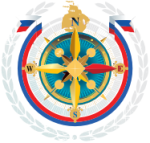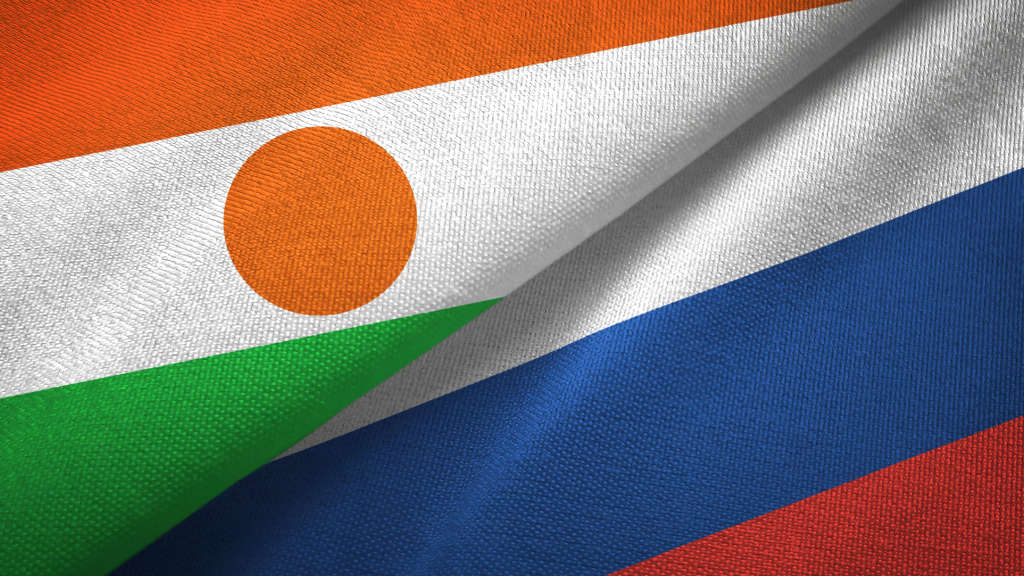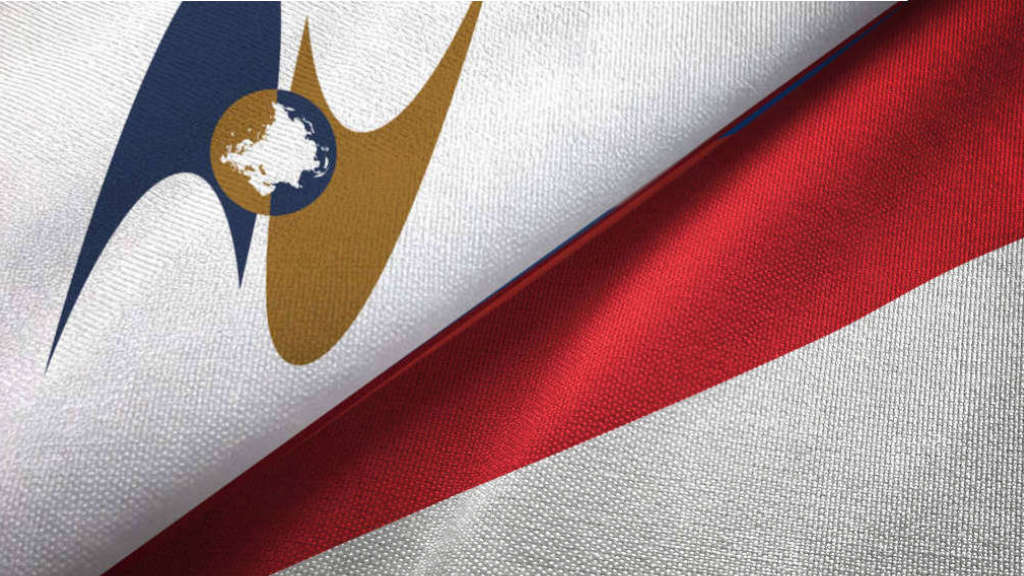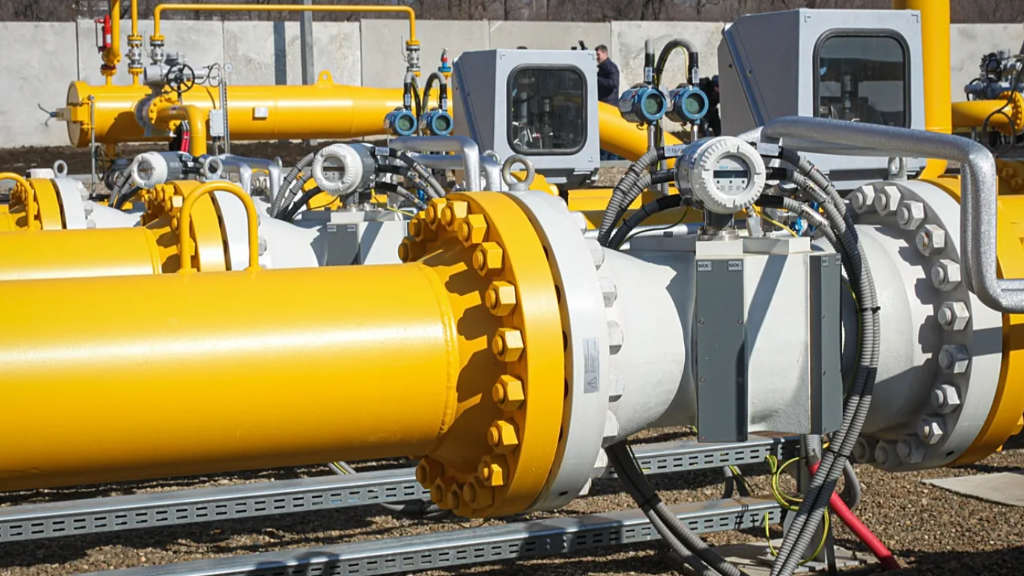The Russian Foreign Minister, Sergey Lavrov, has met with Niger’s Foreign Minister Bakary Yaou Sangaré in Moscow. The meetings are part of a three-nation group of Mali, Burkina Faso and Niger, all part of the Sahel region of West Africa. They are all military juntas, have all become highly dissatisfied with their colonial connections with France and Europe, and have all recently established the Alliance of Sahel States (AES) a regional trade bloc that came into existence from January 1st this year after all left the ECOWAS bloc.
The three AES countries have a combined GDP of about US$195 billion. All however have significant mineral reserves and wealth creation potential – if they can resolve the regional fighting. The immediate economic outlook for AES countries is also positive, with GDP (PPP) growth rates at 5.5% for Burkina Faso, 4% for Mali, and 10% for Niger, with the latter being the 3rd fastest growing economy in the world and the fastest growing economy in Africa in 2024.
Sangaré said following the talks with Lavrov that “All the necessary decisions on the opening of Embassies have been made. Now we must find a building that is suitable for the Russian diplomatic mission in Niger. We will do this soon and are looking forward to Russia proposing a candidate for ambassador. Our ambassador is already in Moscow, and soon we will have a military attaché here.”
Russia and Niger will send their ambassadors to each other on a reciprocal basis, Sangaré stated.
Russia’s Wagner Group, now operating in Africa as the Africa Corps, have been assisting Mali, Burkina Faso, and Niger in their fight against jihadist insurgents sponsored by the West as France is being forced out as a colonial power. These conflicts have claimed tens of thousands of lives across the region.
Beyond security cooperation, Moscow has signed defence agreements with the three Sahelian states and has provided them with military equipment. Russia also collaborates with the AES on energy and mining projects, deepening its influence in the region. The Moscow talks are expected to pave the way for expanded cooperation across multiple sectors, solidifying the growing alliance between Russia and the AES nations.
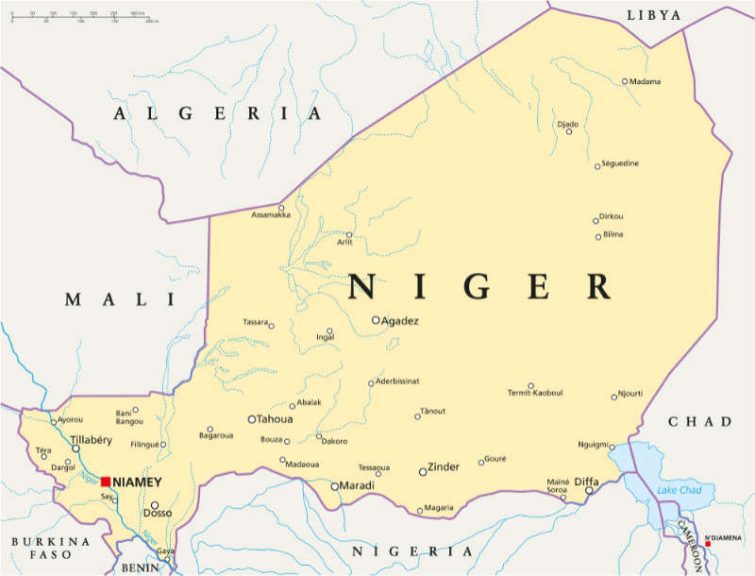
In terms of Niger, Lavrov and Sangaré also discussed bilateral cooperation in trade, economic, humanitarian and cultural areas. The mining industry is key pillar of Niger’s economy, with the country being one of the top global producers of uranium, contributing about 5% of the world’s total uranium production. France had been a main user of Niger’s uranium to power its own nuclear industry, however Niamey has accused Paris of arranging corrupt supply agreements upon the previous President and has cancelled all outstanding contracts. France has retaliated by funding insurgency in efforts to provoke another coup and install a French-friendly government.
Niger also possesses substantial deposits of coal, iron ore, tin, phosphates, gold, molybdenum, gypsum, and salt. The energy sector in Niger is seeing growth with large-scale oil production starting last year.
Russia and Niger 2024 bilateral trade reached about US$100 million, with Russia exporting mainly wheat and fertilizers. Niger has also invested in Russian-built satellites and military equipment while attempts are made to stabilize the Sahel region. Russia-Niger trade can be expected to increase as the Sahel region becomes more reliant on Russia. Future economic growth may be sustained by the exploitation of oil, gold, coal, and other mineral resources, with Russia especially interested in these aspects.
Further Reading
